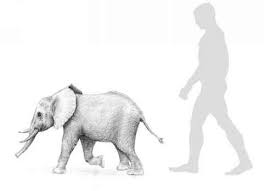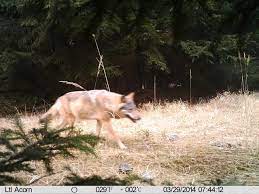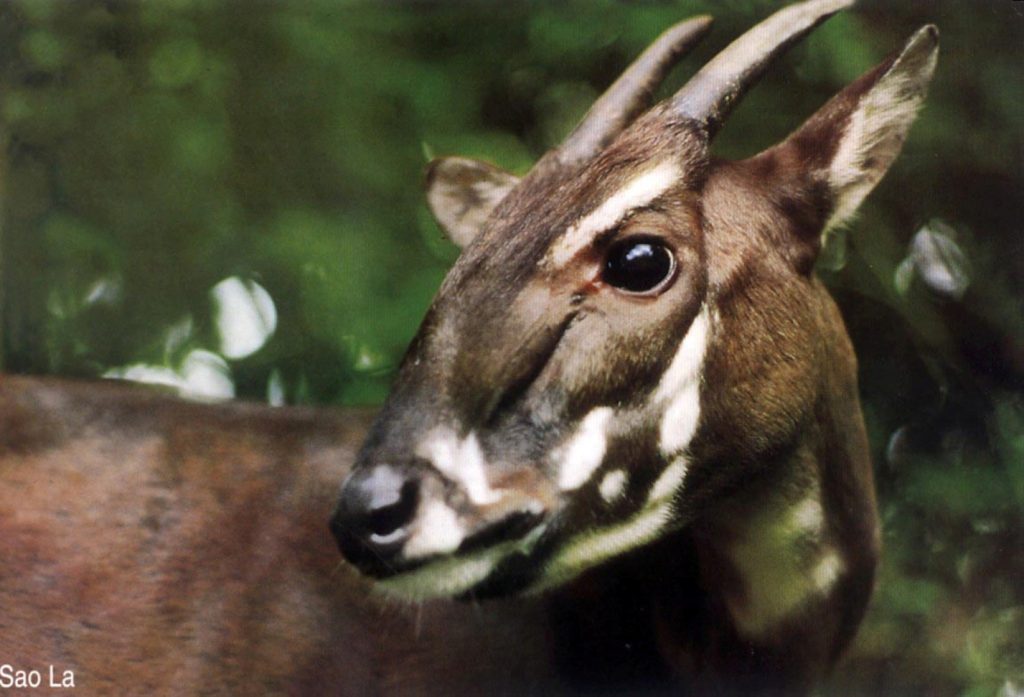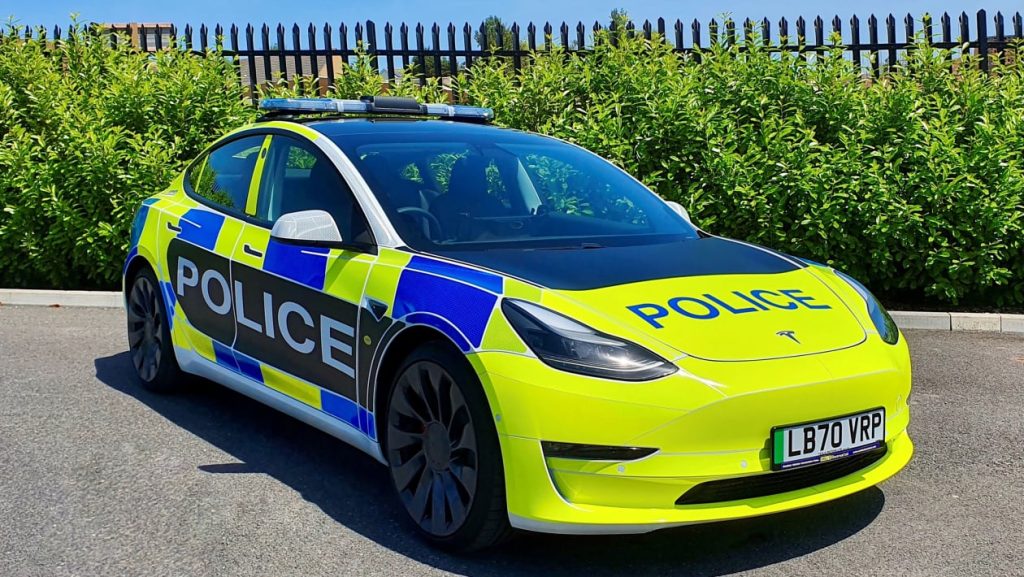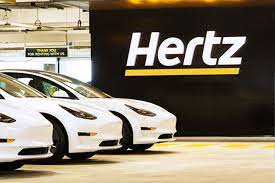California is known for its forward thinking views on climate change. They have taken some of the biggest steps towards decarbonising, and being a country that receives a great deal of sun have the potential to make more electricity than they need, completely from green sources.
1.3 million houses already have solar. The California Public Utilities Commission is considering taxing everyone $8 per month per kilowatt of solar installed. Nothing else would change – for people with large arrays, they could have to pay $1000 dollars a year.
This has been a main aim for utilities for years. It is quite understandable. If for 5-10 thousand dollars you can create a solar array on your roof, which means that you become close to self sustaining the utility companies loose their market share. Furthermore, if they are required to pay for exported solar, then that eats into their profits. This of course is despite the fact that this solar exported is clean energy so is good for the planet.
The argument is that this money will go for upkeep of the grid, and that the customers are getting free use of the grid. Now there are several issues with this.
Firstly, this move is likely to push many people with batteries to go further off grid. This will hit utilities hard. Now not only will they not get cheap electricity but they will also not be able to supply night time power. However there is another issue. A connection to the grid once there does not cost a lot to maintain – also, whether exporting 1kw or 10kw the same wires is used. Therefore, the pricing if one was needed should be flat ($8 flat per month seems far more reasonable- $8 per kwh suggests the states are giving utilities the means to squash small energy suppliers.
Are big power companies going to be charged this as well? because if you are going to go to this system they must be. The Diablo Canyon Power Plant is 2256megawatt output, if we were to charge the same thing then they would have to pay slightly over $18 million a year. This is something that even on a large nuclear plant would threaten their future finances.
There is still a coal powered station in California, and 41mw of gas powerplant.
Powerplants which are still using fossil fuels should be forced out of business – this foolish move will likely greatly reduce the rollout of solar in the country, which would lead to problems. Indeed, this state is aiming for 100% green electricity by 2045, which means that they need all the solar they can get.
This is a foolish move and is likely to either damage California’s future, or will be reversed in the future. I feel that it is extremely similar allowing petrol stations to charge electric cars for their lost business.
Another thing that should be recognized, is that as the grid improves more and more power will be consumed locally. For most houses with solar panels, any power they export are used by their neighbours. In other words, Solar panel owners, use a few hundred meters of cabling, while the utility companies are sending power over thousands of miles.

